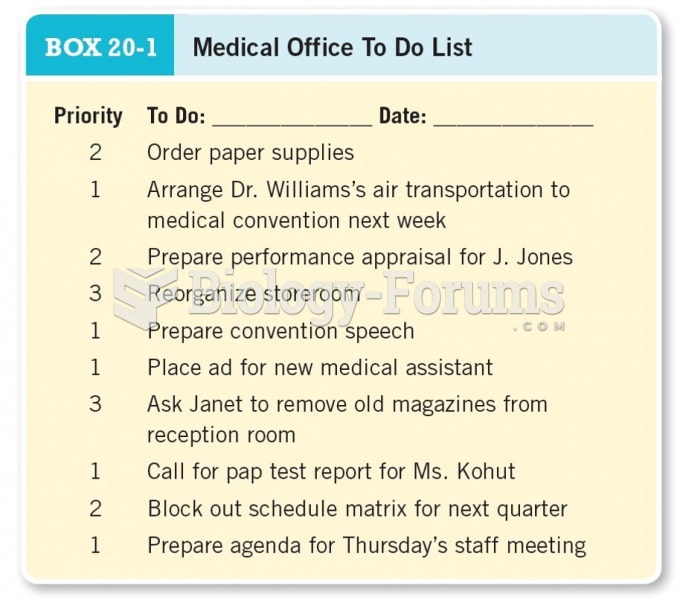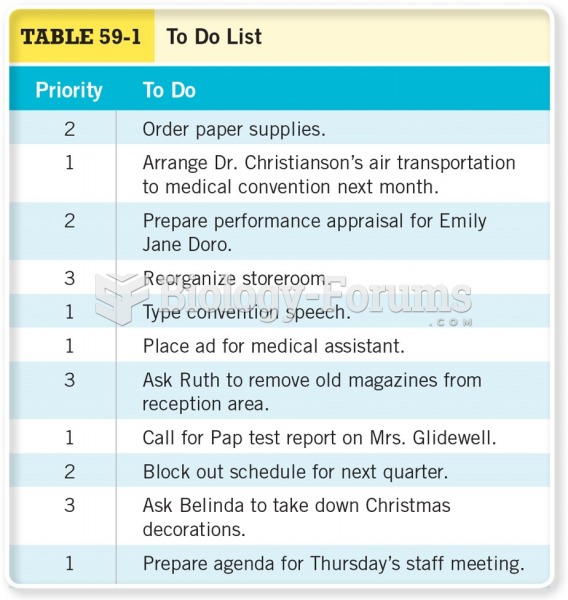Answer to Question 1
Correct answers should include three points from each following categories.
o Patient/Client Outcomes
o most research has been conducted in acute care hospital setting, is recently expanded to home care and long term care
o nursing staff mix is a significant predictor of functional independence, pain, social functioning, and satisfaction with obstetrical care
o higher number of medication errors and wound infections was noted on units with lower proportion of RNs to RPNs; on units with less experienced nurses, wound infection rates were higher
o lower patient mortality was associated with higher nurse education levels, a higher RN to non-RN skill mix, better nursephysician relationships, and less use of casual and temporary employees
o higher proportion of RNs demonstrated positive effect on patient outcomes for ICUs and surgical units (lower mortality, failure to rescue, cardiac arrest, hospital-acquired pneumonia, and other adverse events)
o Nurse Outcomes
o nursing shortages have historically led to burnout, moral and psychological distress, fatigue and exhaustion, and absenteeism
o the higher the perceived level of care, the greater the job satisfaction of nurses
o the lower the perceived level of care, the higher the level of job pressure, job threat, and role tension
o high turnover rates were associated with higher levels of role ambiguity and role conflict and lower job satisfaction
o a study exploring fatigue among nurses revealed that relentless and excessive workloads, ongoing staffing issues, and sicker patients as the key reasons for their fatigue
Answer to Question 2
A, C, F
Feedback
Correct Inaccuracies of shift reports can be eliminated by using walking rounds.
Inaccuracies of shift reports can be eliminated by using walking rounds.
Inaccuracies of shift reports can be eliminated by using walking rounds.
Incorrect Would cause interruptions in the report and lead to walking rounds.
Would cause interruptions in the report and lead to walking rounds.
Would cause interruptions in the report and lead to walking rounds.







